2020 Bonanza Bird #32
Festive Name, Fascinating Bird: The Birdorable Christmas Shearwater
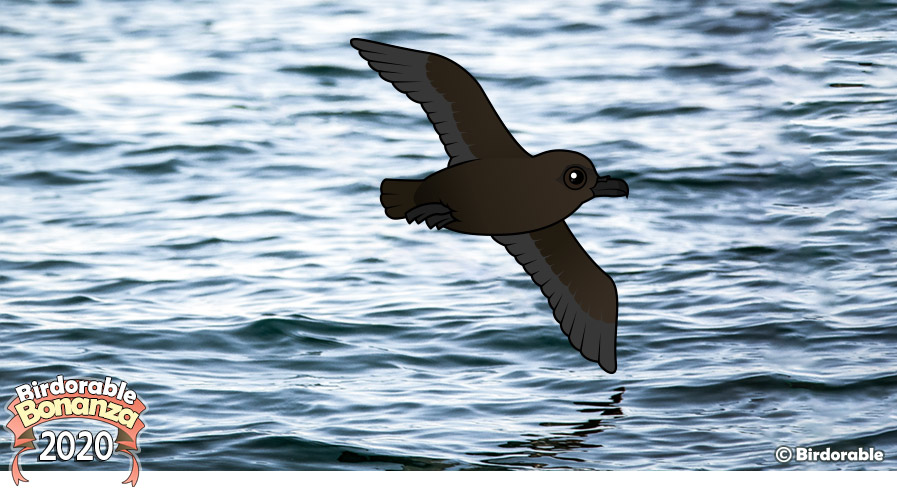
Today is Christmas Day! And it’s the last day of our 2020 Birdorable Bonanza. Our final bird is the Christmas Shearwater, a species of shearwater found around tropical and subtropical islands in the Pacific Ocean, including Christmas Island.
This bird has a festive name but a rather drab appearance with an entirely dark brown body plumage.
Christmas Shearwaters eat fish and other aquatic prey. They depend on oceanic predators, like tuna, to drive small fish and other small creatures upwards where the shearwater can snatch prey either at the surface or after a short and shallow hunting pursuit. To help them retain their prey, Christmas Shearwaters have specialized indentations on their tongues and along the back of their beaks.
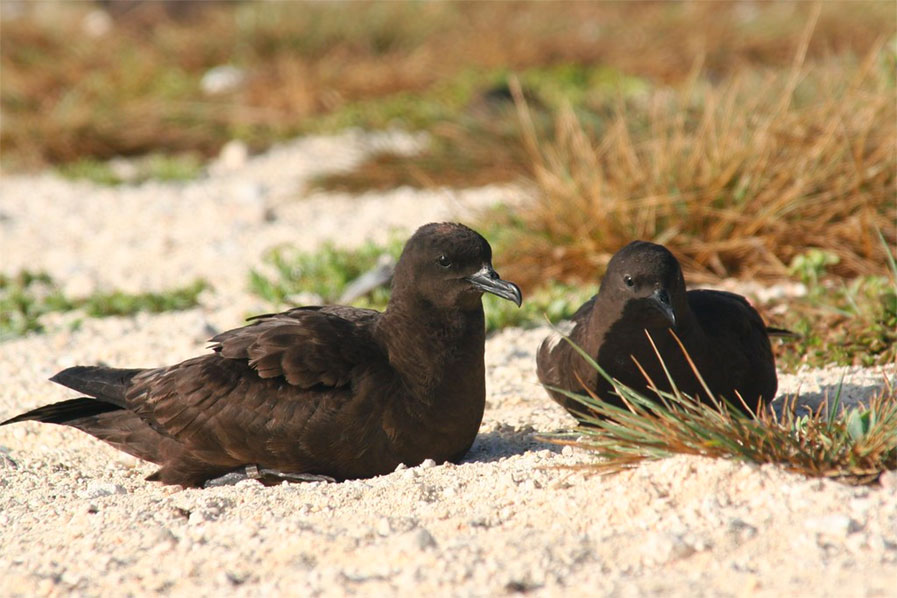
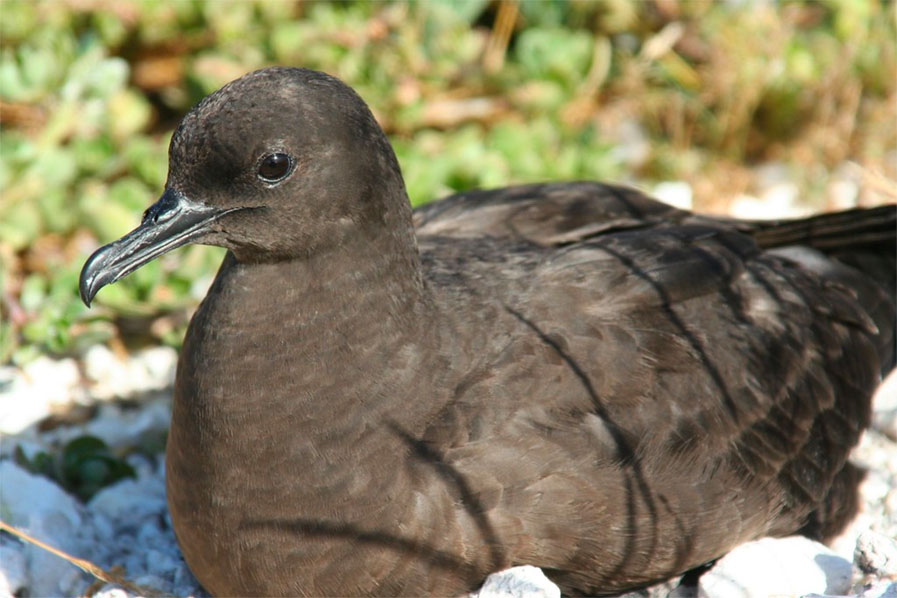
On this Christmas day we wish all of our followers a wonderful holiday and a safe season! Thanks for following along. We’ll see you in 2021!





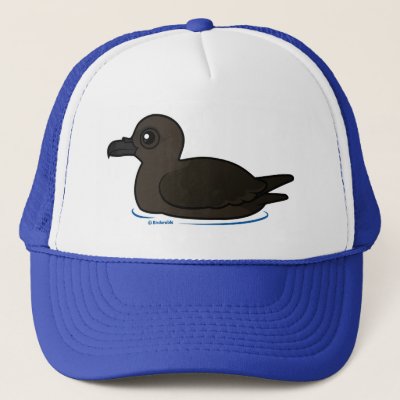
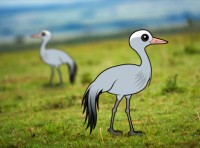


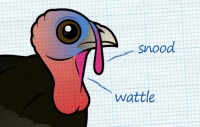
Comments
Leave a comment
Thank you!